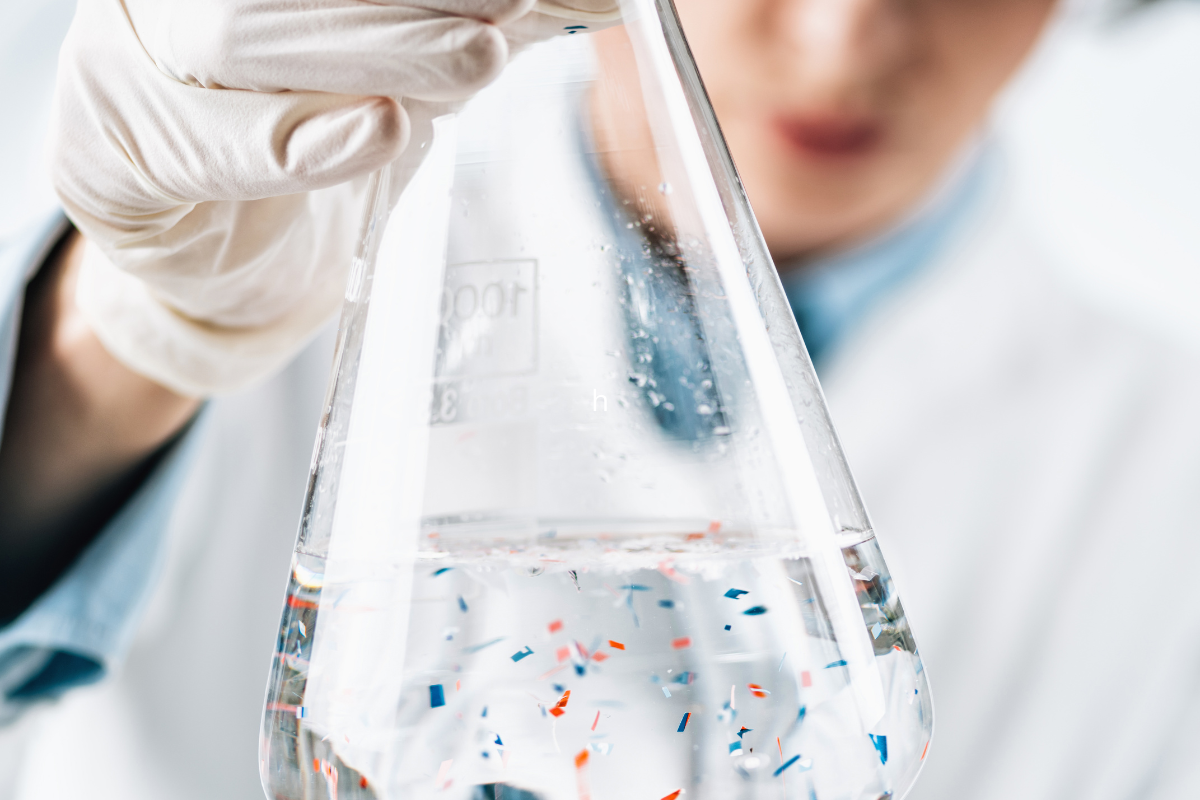What Is a Boil Water Advisory?
Occasionally, communities may face situations where the safety of their water is compromised, leading to the issuance of a “boil water advisory.” During these times, water must be boiled, disinfected, or pre-packaged in order to be safely consumed. Read our blog post to learn how to safely accomplish this and determine if your home’s filtration system can actually exempt you from a boil water advisory.
When Are Boil Water Advisories Issued?
A boil water advisory is issued by authorities when there is a potential or confirmed threat to the safety of the drinking water supply. This includes:
Water Contamination
If contamination is suspected, or if water tests reveal the presence of harmful microorganisms such as bacteria (e.g., E. coli), viruses, or parasites, authorities may issue a boil water advisory.
Water Main Breaks
Physical disruptions to the water distribution system, such as water main breaks or leaks, can prompt a boil water advisory. Such disruptions are often indicated by a loss of water pressure. While low water pressure does not necessarily mean the water is contaminated, it does present the opportunity for microbes to gain access through a leak or other opening.
Common BWA Scenarios include:
- Natural disasters, such as floods, fires, and hurricanes.
- Extended power outages
- Equipment failure at a sanitation plant
What to Do During a Boil Water Advisory
If your local government has issued a boil water advisory, you will want to boil any and all water that may be consumed in some way. This includes water that will be used for drinking, cooking, washing produce, and making ice.
Boiling Water to Kill Pathogens
To effectively kill pathogens that may be in your water, the CDC recommends you bring the water to a rolling boil for at least one minute. In Colorado and other areas at high altitude, you will want to extend this to three minutes. Let the water cool completely, then store it in a sterilized container.
Disinfecting Water Instead of Boiling
If you do not have the means to boil your water (i.e. during a power outage), you can use bleach to safely disinfect your drinking water. In the US, most household bleach contains between 5 and 9 percent of sodium hypochlorite, which is the active ingredient. To disinfect one gallon of drinking water, simply stir in ⅛ tsp (½ ml or around 8 drops).
If the water is murky, has a color, or is very cold, double the amount of bleach.
Do You Have to Boil Water if You Have a Filter?
The answer to this question depends on which filter you have. Most point of service filters, including activated carbon and charcoal filters, are not designed to filter out pathogens. Furthermore, these filters will need to be changed once the boil water advisory has been lifted.
Reverse osmosis (RO) systems are
highly effective at removing many contaminants from water, including bacteria and viruses. However, their effectiveness depends on the state of the membrane, the quality of the system, and the specific contaminants present. In general, if you have a high quality RO system that has been well-maintained, you should be able to use your tap water. Once the order is lifted, you will want to change filters and pre filters and potentially the RO membrane as well (usually recommended if the advisory lasted more than 24 hours).
Another filtration system that effectively removes protozoans, bacteria, and viruses from drinking water is a
UV filter. Keep in mind, however, that UV filters require electricity to operate. If your boil water advisory is issued during a power outage, you will still need to boil/disinfect your water or use bottled water.
Safe Drinking Water in Colorado
Installing a quality water softener and filtration system is one of the best things you can do for you and your family. Together, these systems remove dangerous chemicals, pathogens, and hard minerals from your drinking, cooking, and bathing water.
At Water Pros, we offer affordable solutions to your water problems at the best prices. All our equipment is made right here in North America.We are passionate about making clean water attainable for all.
Go online or give us a call today to discuss options for your home’s specific needs.









